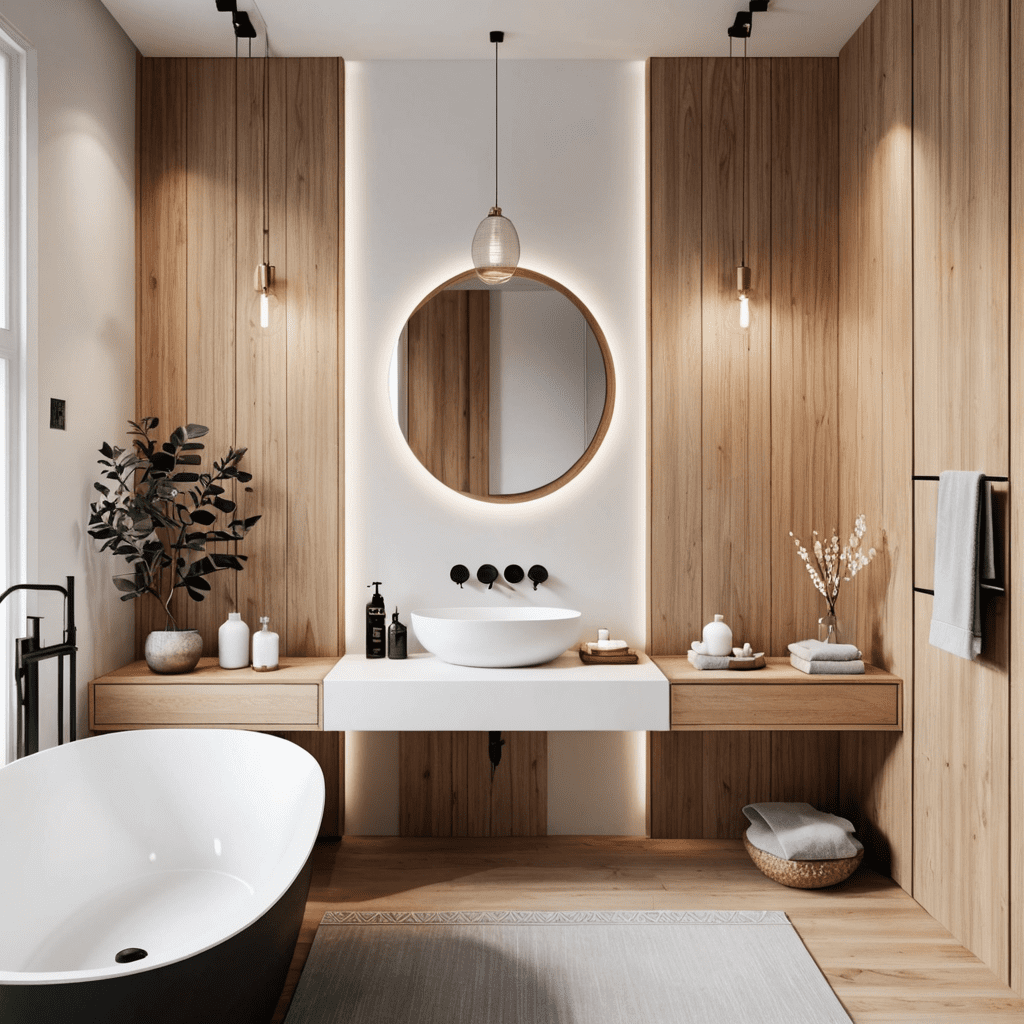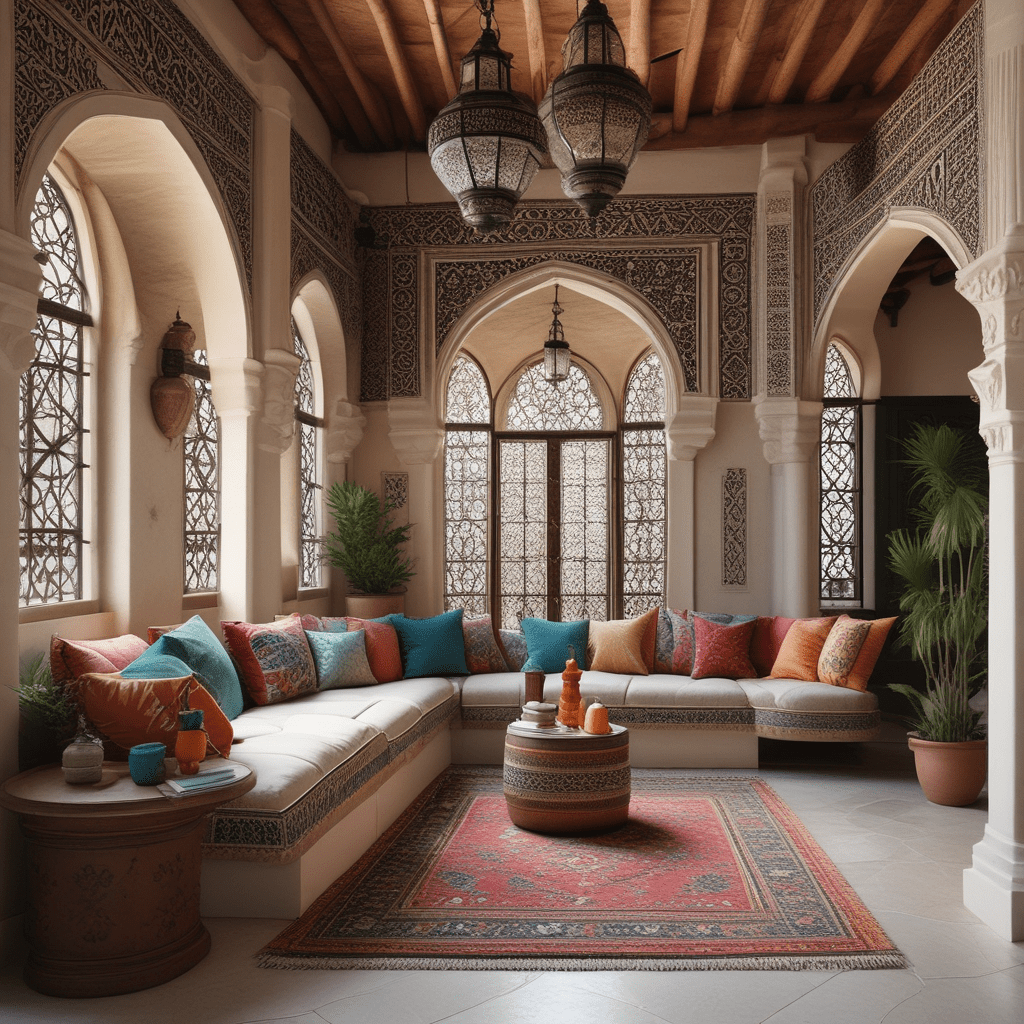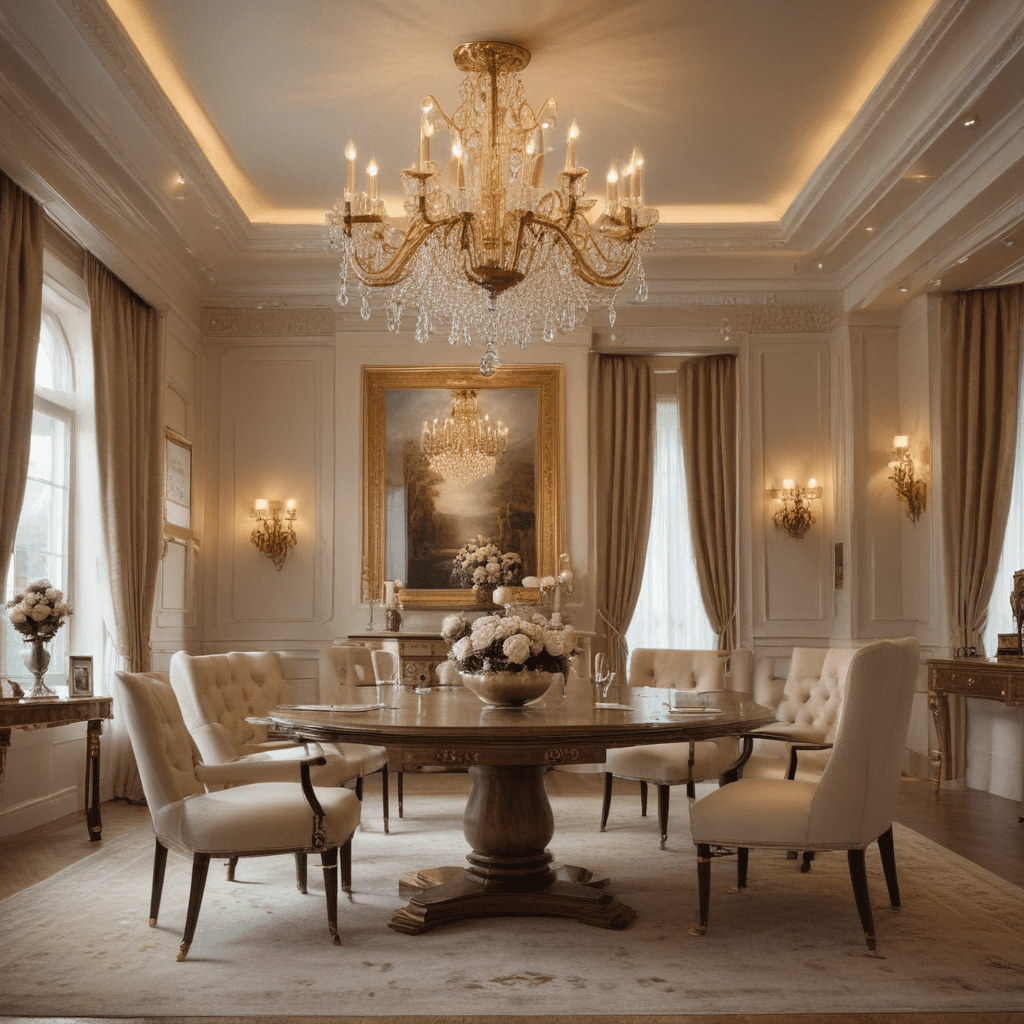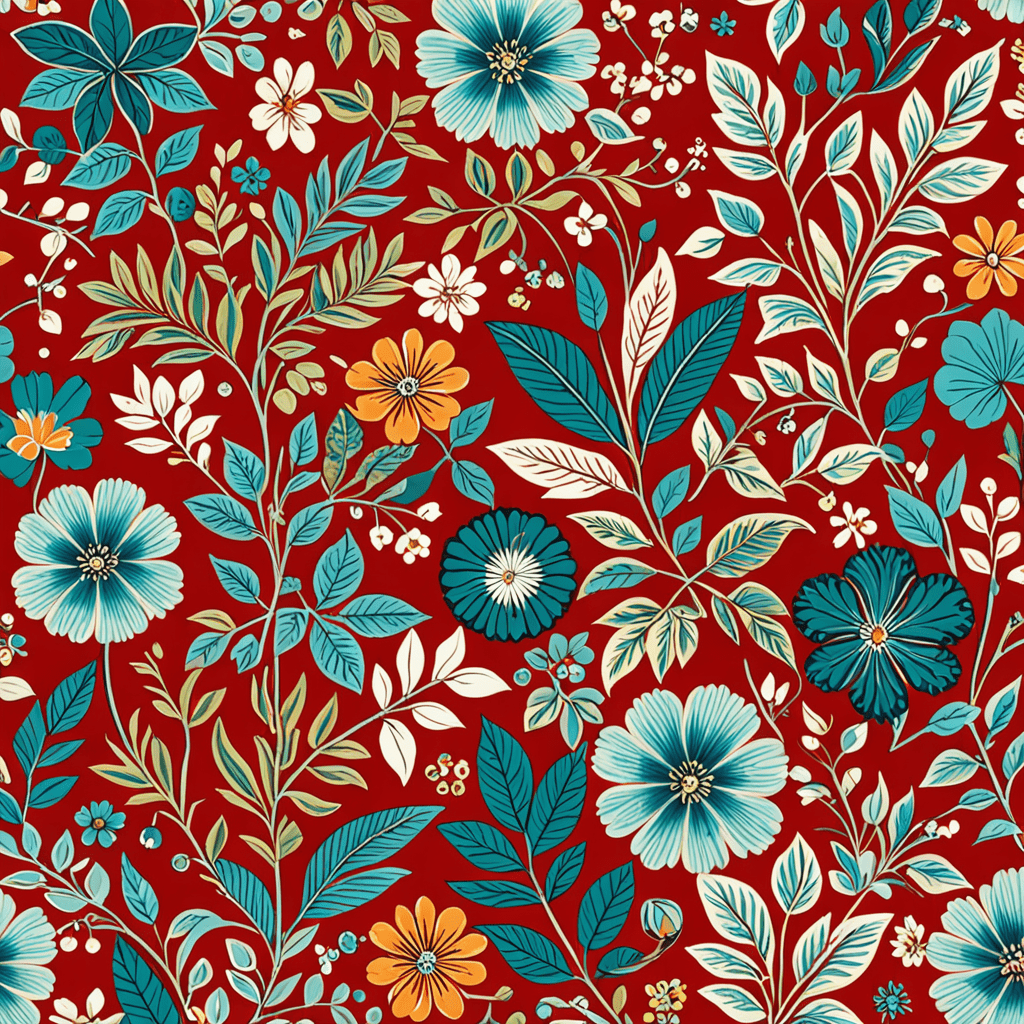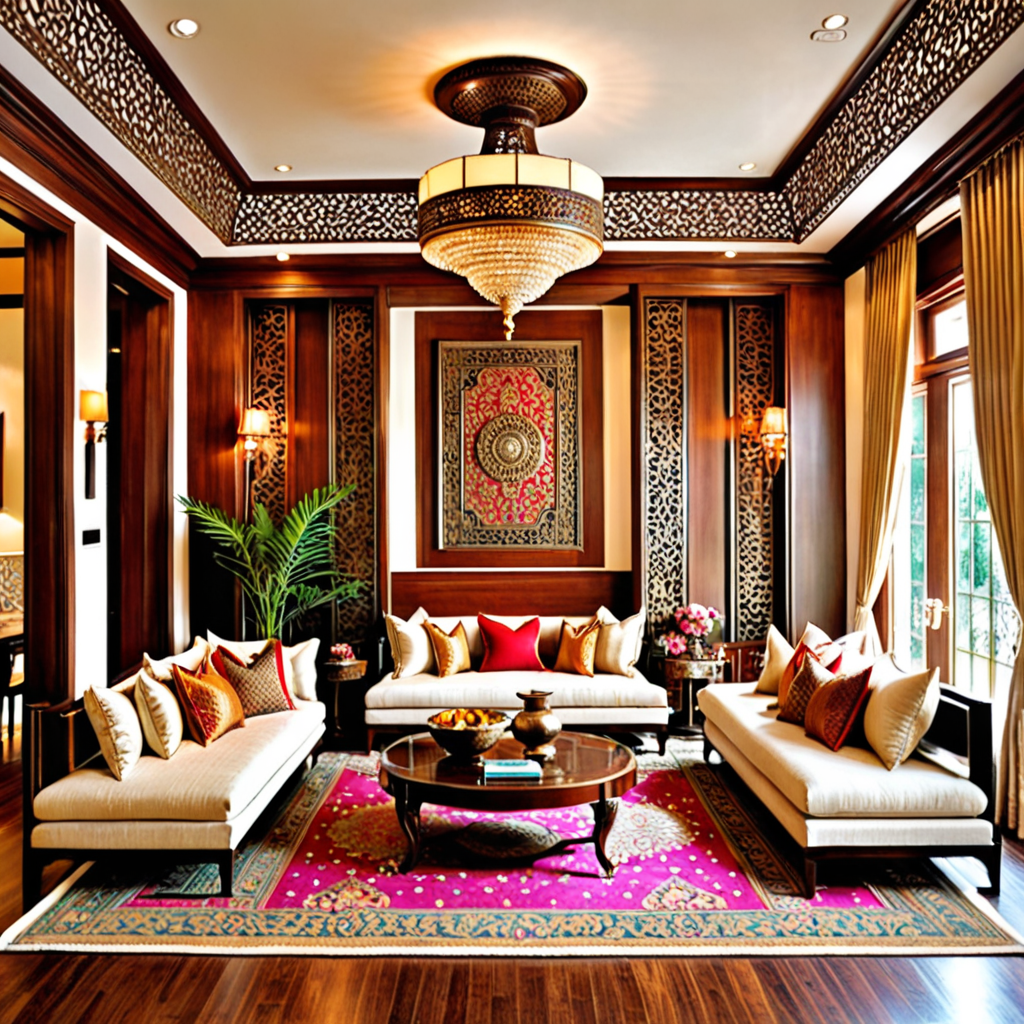Discover the Art of Transforming Hotel Rooms with Elegant Interior Design
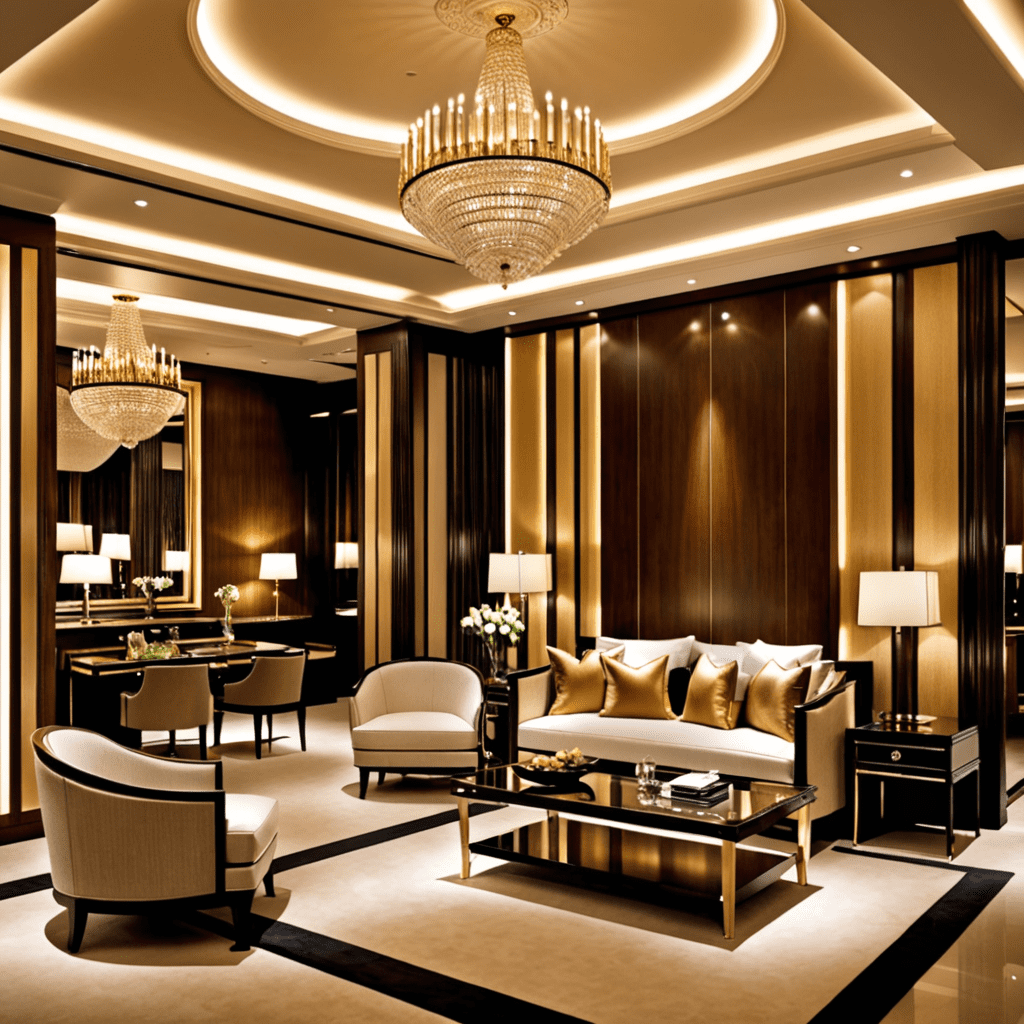

Discover the Art of Transforming Hotel Rooms with Elegant Interior Design
The interior design of a hotel room plays a pivotal role in creating a memorable and comfortable stay for guests. Every element, from the color scheme to the furniture and lighting, contributes to the overall ambiance of the space. With careful attention to detail and a keen sense of style, hotel rooms can be transformed into luxurious sanctuaries. Let’s delve into the art of hotel room interior design and explore the key components that make these spaces inviting and alluring.
Understanding the Elements of Hotel Room Interior Design
Color Palette: The choice of colors in a hotel room can significantly impact the mood and ambiance. Soft, neutral tones like beige, cream, and light grey are often favored as they create a calming atmosphere. Accents of color can be introduced through artwork, textiles, or decorative pieces to add visual interest.
Furniture and Layout: The furniture in a hotel room should be both aesthetically pleasing and functional. Streamlined, modern furnishings with clean lines are commonly used to create a sense of sophistication. The layout of the room should facilitate easy movement and optimize the use of space without feeling cramped.
Lighting: The right lighting can enhance the ambiance of a hotel room. A combination of natural light, ambient lighting, and task lighting can create a warm and inviting environment. Soft, warm-toned bulbs are often used to create a cozy atmosphere, while dimmer switches offer guests control over the brightness levels.
Texture and Fabrics: Textured fabrics such as plush carpets, velvet upholstery, and tactile drapery add depth and dimension to the room. These elements contribute to a sense of luxury and comfort, inviting guests to unwind and relax.
Art and Decor: Artwork and decor are essential in adding personality to the space. Thoughtfully selected pieces can serve as focal points and evoke a sense of culture or local flair. Additionally, mirrors are often strategically placed to reflect light and create the illusion of a larger space.
Technology Integration: In modern hotel room design, integrating technology seamlessly is paramount. From smart lighting and climate control systems to in-room entertainment, technology should enhance the guest experience without being obtrusive.
The Importance of Comfort and Functionality
While aesthetics are crucial, comfort and functionality are equally important in hotel room interior design. The selection of high-quality mattresses, linens, and pillows contributes to a restful night’s sleep. Additionally, ample storage solutions, such as well-designed closets and luggage benches, ensure that guests can keep their belongings organized and out of sight, contributing to a clutter-free environment.
An Emphasis on Sustainability and Eco-Friendliness
Today, many hotel room designs incorporate sustainable and eco-friendly elements. From energy-efficient lighting and water-saving fixtures to the use of recycled materials and locally sourced furnishings, sustainability has become a significant consideration in the interior design of hotel rooms. This not only aligns with environmental values but also resonates with guests who prioritize eco-conscious practices.
Hotel Room Interior Design Trends and Influences
The ever-evolving world of interior design is influenced by various trends and styles, and hotel room interiors are no exception. From the timeless elegance of classical decor to the sleek, minimalist aesthetic of contemporary design, hotel rooms can be shaped by a range of influences. Additionally, cultural and regional preferences play a significant role, as hoteliers often seek to incorporate elements of local heritage and traditions into the interior design to create a sense of place and authenticity.
FAQ
Q: What are some essential considerations in hotel room interior design?
A: Essential considerations include the color palette, furniture and layout, lighting, texture and fabrics, art and decor, technology integration, comfort and functionality, sustainability, and influences from design trends and cultural preferences.
Q: How can hotel room interior design contribute to a memorable guest experience?
A: Thoughtfully designed hotel rooms create an inviting and comfortable environment, enhancing the overall guest experience. The right balance of aesthetics, comfort, functionality, and sustainability can leave a lasting impression on guests.
Q: What role does lighting play in hotel room interior design?
A: Lighting is a critical aspect of hotel room interior design, as it sets the mood and ambiance. A well-planned combination of natural light, ambient lighting, and task lighting can create a warm and inviting atmosphere for guests.
In conclusion, the art of hotel room interior design encompasses a delicate balance of aesthetic appeal, comfort, functionality, sustainability, and cultural influences. By carefully curating each element within the space, hoteliers can create an environment that is both visually striking and welcoming, leaving a lasting impression on guests.

